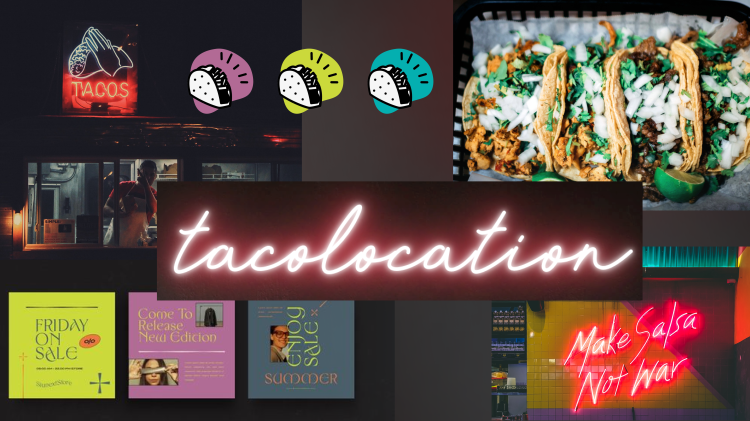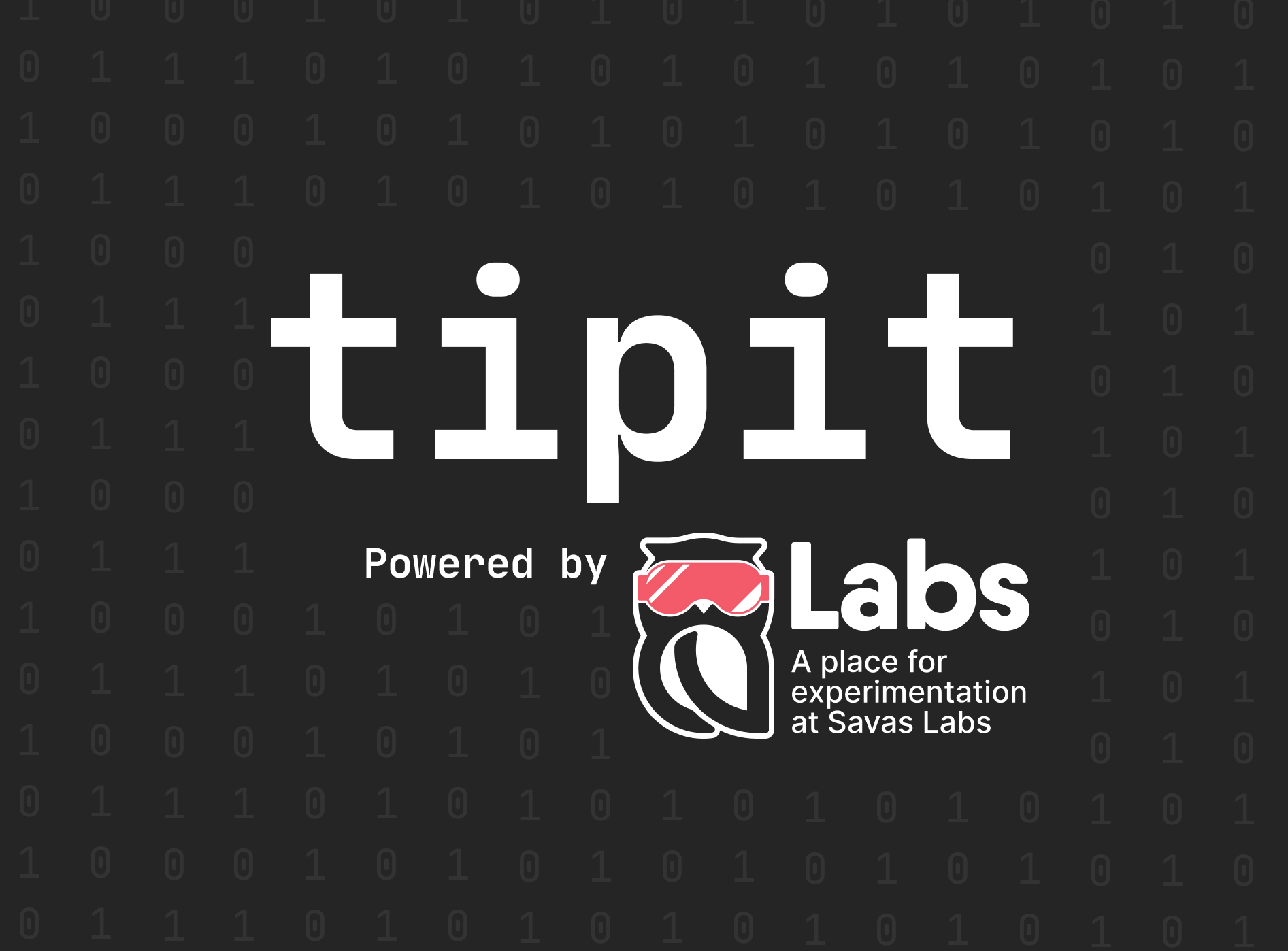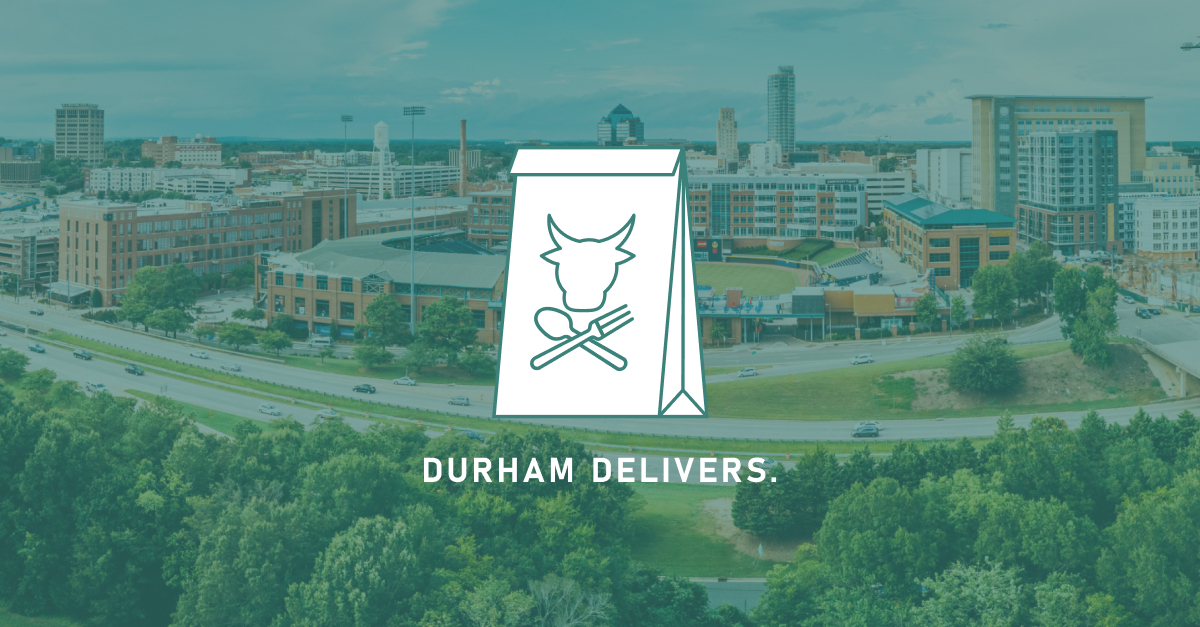One day, I opened my bank account statement and realized I got charged $100 from Google Console Team. My first reaction was, “What!? I thought it was free”. I immediately contacted our project team, and we had to pause all the development.
So, what were we trying to develop? To quickly re-cap, Labs™ is our special internal space to experiment with ideas and technologies. In other words, a creative playground for our developers and designers. During one of our Labs meetings, one of our team members proposed the idea of developing a custom application to locate the best local taco restaurants in town. Being blown away by the concept, we cooked up a set of features, including a map, markers for taco restaurants, a sidebar for information, plus routing and directions to get to a specific restaurant. From there, the custom Tacolocation app was born.
We were very excited to customize the experience for our users, from crafting an intuitive design to filtering out local taco restaurants located at users’ locations. Above all, we were dedicated to creating an application that was not just a map but a hub for taco junkies everywhere.









